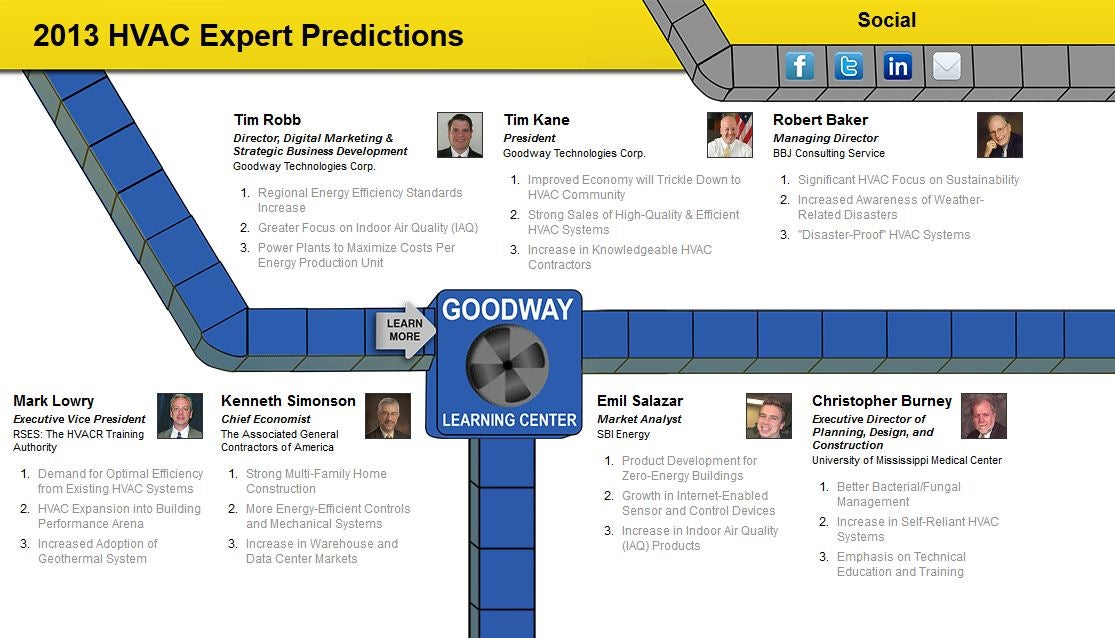The Ultimate Overview To Understanding Warm Pumps - Just How Do They Function?
The Ultimate Overview To Understanding Warm Pumps - Just How Do They Function?
Blog Article
ducted heat pump prices By-Steenberg Dickson
The very best heat pumps can save you significant quantities of cash on power costs. They can likewise help in reducing greenhouse gas discharges, particularly if you use power instead of fossil fuels like propane and heating oil or electric-resistance furnaces.
Heatpump function quite the like ac system do. This makes them a feasible option to standard electrical home heating unit.
How They Work
Heatpump cool down homes in the summer and, with a little assistance from power or gas, they give some of your home's home heating in the winter months. They're an excellent option for people who intend to minimize their use fossil fuels however aren't ready to change their existing furnace and a/c system.
They rely upon the physical fact that also in air that seems as well cool, there's still power present: warm air is always moving, and it intends to move into cooler, lower-pressure environments like your home.
Most power celebrity licensed heatpump operate at close to their heating or cooling ability throughout most of the year, lessening on/off biking and conserving energy. For the best efficiency, concentrate on systems with a high SEER and HSPF rating.
The Compressor
The heart of the heatpump is the compressor, which is also called an air compressor. This mechanical moving tool uses potential energy from power development to boost the pressure of a gas by reducing its quantity. It is different from a pump because it only works with gases and can't deal with liquids, as pumps do.
Climatic air enters the compressor via an inlet shutoff. It circumnavigates vane-mounted arms with self-adjusting length that separate the interior of the compressor, producing multiple dental caries of differing size. The rotor's spin forces these tooth cavities to move in and out of stage with each other, compressing the air.
The compressor reels in the low-temperature, high-pressure cooling agent vapor from the evaporator and compresses it into the hot, pressurized state of a gas. This procedure is duplicated as required to supply heating or cooling as called for. The compressor likewise contains a desuperheater coil that reuses the waste warm and includes superheat to the refrigerant, transforming it from its fluid to vapor state.
https://www.achrnews.com/articles/133613-hvac-accounting-tips-how-to-balance-the-books in heat pumps does the exact same point as it does in refrigerators and ac unit, changing liquid refrigerant right into an aeriform vapor that gets rid of warm from the space. Heatpump systems would certainly not work without this important tool.
This part of the system lies inside your home or building in an indoor air handler, which can be either a ducted or ductless unit. It has an evaporator coil and the compressor that presses the low-pressure vapor from the evaporator to high pressure gas.
Heatpump take in ambient warmth from the air, and afterwards use electrical energy to move that warm to a home or service in heating mode. That makes them a great deal more power efficient than electric heating systems or heaters, and because they're utilizing tidy power from the grid (and not shedding fuel), they also generate much fewer emissions. That's why heatpump are such fantastic environmental choices. (Not to mention a massive reason why they're becoming so prominent.).
The Thermostat.
Heat pumps are fantastic alternatives for homes in cold environments, and you can use them in mix with typical duct-based systems and even go ductless. They're a terrific alternative to nonrenewable fuel source heater or traditional electric furnaces, and they're extra lasting than oil, gas or nuclear cooling and heating equipment.
Your thermostat is the most vital element of your heatpump system, and it works extremely differently than a conventional thermostat. All mechanical thermostats (all non-electronic ones) job by utilizing materials that alter dimension with increasing temperature, like curled bimetallic strips or the broadening wax in an automobile radiator valve.
These strips include two different kinds of steel, and they're bolted together to form a bridge that completes an electrical circuit linked to your cooling and heating system. As the strip gets warmer, one side of the bridge expands faster than the various other, which creates it to bend and signal that the heating unit is needed. When the heatpump is in heating setting, the turning around valve turns around the circulation of refrigerant, to ensure that the outdoors coil currently operates as an evaporator and the interior cylinder comes to be a condenser.